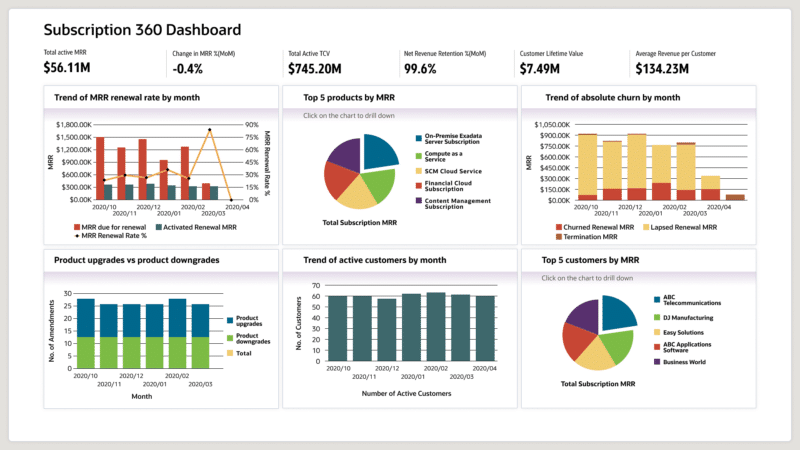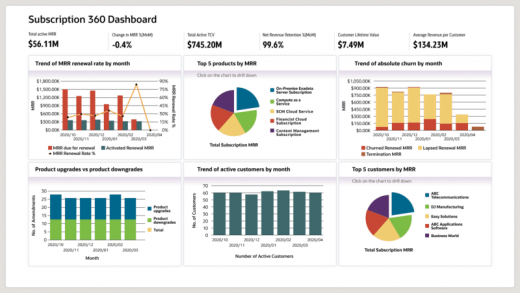Oracle announces 3D game ad performance metrics
Plus updates to Oracle Subscription Management
Oracle today announced a set of updates to its Advertising and CX Suite. The most significant were enhancements to Subscription Management, and the activation of Oracle Moat Measurement, its video metrics solution, within gaming environments.
We spoke to Nate Skinner, Global SVP of Marketing for Oracle Advertising and CX, to get some context on the announcements.

Reaching gamers. “Over the last year, gaming has become a very big growth area, not only for human beings who want to kill time playing video games, but also for the companies who want to reach that audience. It’s a massive space,” he said. Ad revenue is forecast to reach $56 billion by 2024.
Especially popular are 3D games, where the surfaces of objects can serve as advertising spaces — just as in the physical world, ads appear on buildings, buses and street furniture. “The idea of placing your logo or brand in a 3D gaming environment is appealing to a lot of companies,” he continued. “There are platforms that provide the ability to do this. What we’re announcing today is the ability to measure the impact, and determine if there’s GIVT [general invalid traffic].”
Read about Taboola’s collaboration with Oracle Moat Measurement
Managing the lifecycle. Subscription management has also become increasingly important as the subscription economy continues to grow, and as being able to nurture relationships with known customers becomes more critical. “Over the course of the pandemic, a lot of companies have said that what’s really important is getting recurring revenue in a subscription model.”
This doesn’t just mean consumer subscription models, but also the same models in the B2B space. Subscription Management from Oracle can be deployed as self-serve and integrated with commerce websites. “We’ve added some killer capabilities to this release,” Skinner said, “which help companies understand and predict churn.”
Pre-built reports on KPIs relevant to a subscription business (number of expiring subscriptions, for example) are combined with a predictive dashboard which provides early alerts on churn risks. “We’re targeting lifetime value and customer loyalty,” he said.

“Every marketer knows that it costs a lot more money to get a customer than keep them,” said Skinner. In a subscription economy, that’s even more true. Once you get that recurring revenue, whether it’s through a P.O. through B2B commerce, or a credit card on the B2C side, you want to know if that stream is staying where it should stay, or if I have any risk — and if I do, what should I do about it?”
A Service Logistics integration with Subscription Management will enable field service reps to know the discounts, special rates and other benefits that can be offered to customers at time of appointment.
The 3D game ad performance measurement offering, and Subscription Management, come at no additional cost to Oracle customers.
Marketing, sales and service. Oracle is also announcing updates across the customer journey. These include:
- On the B2B marketing side, machine learning-driven predictive lead scoring in Eloqua;
- On the B2C marketing side, machine-learning driven campaign and channel predictions in Responsys;
- Oracle Content Management for both text and video, including multi-channel calendaring;
- For sales, automated alerts linked to leads, opportunities and accounts to identify risks and engagement opportunities;
- For service, a new release of B2B Service Knowledge Management captures and delivers information about customers to service agents through a new, more intuitive interface.
Why we care. It’s the season for the major CX suite players (or CRMs, if you prefer) to launch their first round of product announcements for the year. Oracle is one of the big three.
Marketing Land – Internet Marketing News, Strategies & Tips
(36)



